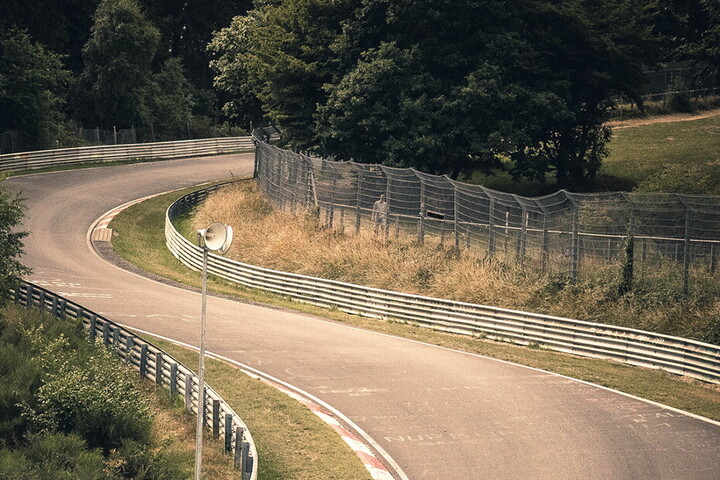“Aurelia 1950-2020” will definitely be one of the shows of the year. Mauto – the National Automobile Museum in Turin – is celebrating the 70th anniversary of the Lancia Aurelia B20, the car that historians identify as the forerunner of all GTs. The car was revolutionary for its day. Just under 4000 were built from 1951 to 1958, across six series, with several special editions, such as the ones styled by Pininfarina and Vignale. The choice of Turin was not random. The B20 was introduced on April 2, 1951, at the Valentino Motor Show. Its gorgeous, sleek and stylish coupé body promptly won over experts and enthusiasts. Curiously, the launch version was type-approved for three occupants (all seated on the single front bench) and with this arrangement, the new Aurelia kicked off the concept of 2-seater GT with two bonus seats which would be hugely successful over the next twenty years.

The first, outstanding V6
Another peculiarity of the Aurelia was its V6 engine, the first-ever of its kind. Its design capitalised on the prior experience of Lancia on narrow Vs to create an engine which was, in actual fact, in a class of its own and which would lead the way for other manufacturers in the industry. The Turin-based automaker had built V4s and V8s from 1922 to 1949 but the masterpiece was the engine designed by engineer Francesco De Virgilio in which the V between the two cylinder rows was set to a 60° angle instead of being narrow. The idea was to create a very powerful engine which was more compact than a straight-six. The most extreme solution with two rows mutually inclined by 60° was chosen. As a result, the working strokes, i.e. the firing instances of the engine, were equally distanced and the inertia forces (but not the torques) were balanced. Success.
The first radial tyres
Not by chance, an avantgarde car like this had to fit equally revolutionary tyres. The Aurelia was the first Italian, and one of the first in the world, to fit radial tyres. Pirelli took care of it after a long study conducted by engineers and mathematicians that led to the legendary Cinturato. Characterised by a strong textile belt – hence the name “Cinturato” meaning “belted” in Italian – placed between the carcass and the tread, it was a radically new concept compared to the tyres of the time. The structure prevented deformation in all conditions of use, reduced wear by more than half compared to cross-ply models and significantly improved grip thanks to the new profile and tread design. For the record, the Aurelia fitted 165/R400 tyres.

Pirelli Collezione
In short, the Mauto exhibition is an opportunity to admire the Aurelia as a whole and also to see the Pirelli Collezione tyres made to equip the cars which are still on the road. The Pirelli Collezione project was launched to offer tyres which perfectly meet the philological criteria followed by the most attentive and passionate collectors on the increasingly lively vintage car market. The principle is to make tyres which are perfectly equivalent to their ancestors – and therefore period-correct for the vehicle on which they will be fitted – but with the material quality and safety that only modern technology can offer. It is not simply a matter of reproducing a tread pattern or vintage lettering. Pirelli Collezione products, which count about fifty sizes for cars from the 1950s onwards, also feature high-level construction solutions because they are manufactured with the machinery used for making motorsport tyres. This unique philosophy is based on and supported by the impressive wealth of data, texts and photographs stored in the Archives of the Group, housed at Fondazione Pirelli in Milan.




